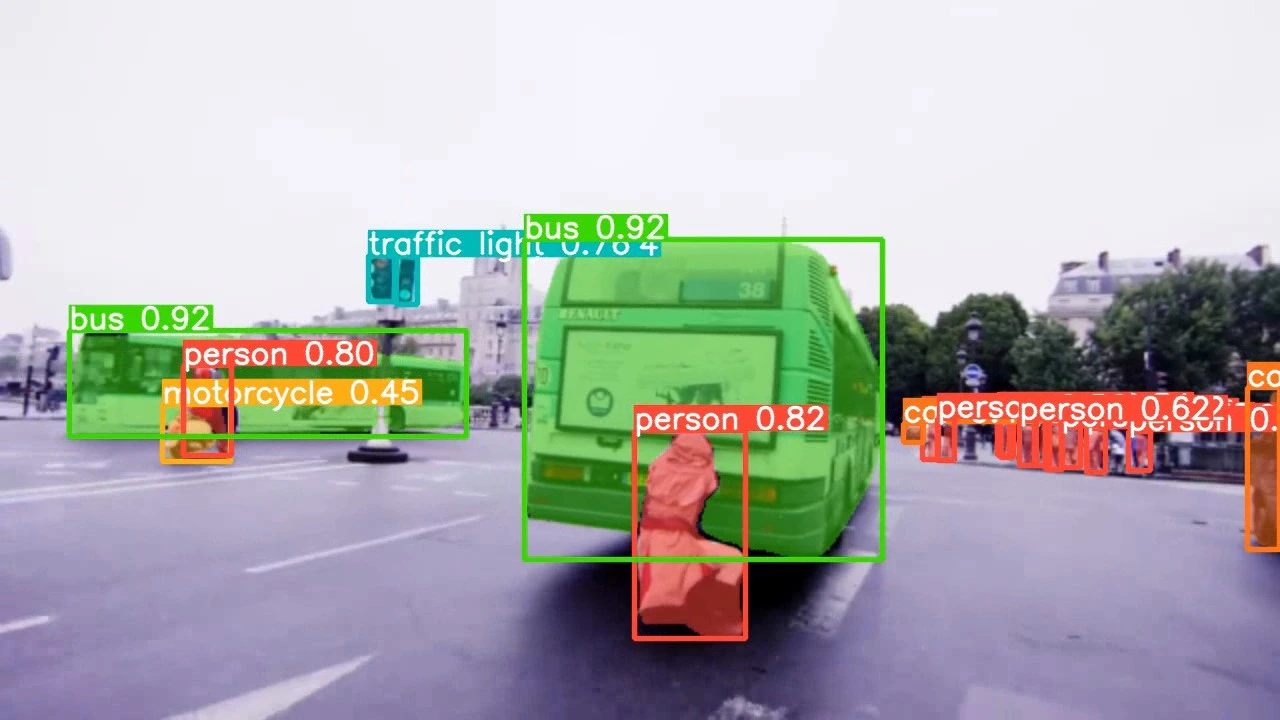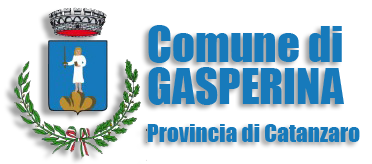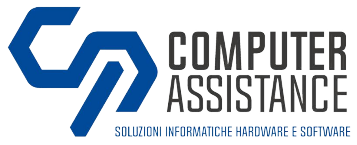In recent years, theInternet of Things (IoT) has become an increasingly important concept for companies seeking to improve efficiency and the experience of their customers. But to get the most out of the devices you want to interconnect using this logic, it is essential that they are able to communicate with each other.
In this direction the contribution of the System Integration. And it is precisely for this reason that, in the next few lines, we will explore the topic of System Integration for the Internet of Things, and we will give some advice on how to make different devices interact efficiently.
What are System Integration and IoT
Let's start by saying that System Integration and the IoT (Internet of Things) are two closely related concepts, which refer to two important areas of computer science.
System Integration, in general, can be defined as the process of connecting different systems, applications and hardware and software components to create a larger and more functional system.
This can be implemented within an organization or between different organizations. The main objective of System Integration is to ensure that the various components of the system work synergistically and can exchange data efficiently, also providing real interoperability systems for the Internet of Things..
IoT, for its part, refers to the connection of devices, sensors and other objects in a way that allows the collection and sharing of data and information in real time. The starting point is the connection of devices via the Internet, creating a vast network of intelligent objects interconnected with each other.
What is System Integration for the Internet of Things?
When it comes to System Integration in IoT refers to the connection of different IoT devices to create an integrated and functional system.
Thanks to the application of System Integration in the IoT, devices are therefore enabled to communicate with each other and exchange data efficiently, allowing companies to monitor and manage their IoT devices more effectively.
In the context of the Internet of Things, therefore, System Integration is fundamental because IoT devices often use different technologies and protocols to communicate.
For example, one IoT device might use Wi-Fi to connect to the Internet, while another might use Bluetooth. System Integration allows these devices to communicate so they can exchange information and work together efficiently.
How does System Integration work in IoT?
The IoT is characterized by the presence of many different devices, which communicate with each other via the Internet. However, these devices may use different protocols for communication and may generate data in different formats. Additionally, these devices were often not designed to work together. System Integration therefore becomes fundamental to make these devices interact effectively.
How to integrate IoT devices to create a functional system
The system architecture for System Integration in IoT is based on three main components:
- Connection gateway: These devices are located within the IoT network and are responsible for making the different devices interact. Connection gateways allow you to connect devices to each other, without the need to modify their software or hardware. Additionally, connection gateways offer advanced features, such as data management and security.
- Communication protocols for the Internet of Things: To make IoT devices interact, it is necessary to use compatible communication protocols. For example, protocols such as MQTT, CoAP or HTTP can be used to make devices communicate with each other.
- Data analysis tools: IoT generates a large amount of data, which must be analyzed to obtain useful information. System Integration offers advanced data analysis tools, which allow you to process and analyze large amounts of data from different devices.
What are the advantages of System Integration in IoT
System Integration platforms offer many benefits for companies using IoT. Here are some examples:
- Greater efficiency: Thanks to System Integration, data from different devices can be collected, processed and analyzed more efficiently. This allows businesses to gain actionable insights in real time and make more informed decisions.
- Cost reduction: Using System Integration in IoT allows you to reduce costs associated with data and device management. For example, System Integration can allow you to use data to optimize the use of resources, such as energy or material.
- Better security: System Integration can offer advanced security features, such as data encryption or access management. This allows businesses to protect their data and devices from hacking and other cyber threats.
- More business opportunities: Using System Integration in IoT can enable companies to create new business opportunities, such as creating personalized services for customers or generating new revenue streams.
- Better customer experience: Thanks to System Integration, companies can offer their customers a better experience of using products and services. For example, System Integration can allow you to create customized solutions for customers that meet their specific needs.
- Greater innovation: IoT is an ever-evolving technology, and System Integration allows companies to stay ahead of technological changes. The use of System Integration in the IoT allows companies to develop new innovative solutions and be competitive on the market.
Companies that invest in System Integration for the IoT can ultimately achieve a competitive advantage on the market and improve its positioning in the industry.
Security in System Integration for the Internet of Things
Security is a major concern when it comes to System Integration for the Internet of Things (IoT). With the ever-increasing number of devices connected to the Internet, the risks of security breaches and cyber attacks also increase.
It must be taken into account that System Integration for the IoT can involve different and heterogeneous elements, such as sensors, gateways, networks and end devices, all of which must be protected from external threats.
This is why companies need careful adoption security measures to protect their IoT devices from any external threats and ensure the security of the data transmitted.
Here is a list of some of the main factors that must be considered to ensure security in System Integration for the IoT:
- Identification and authentication: IoT devices must be able to identify themselves and authenticate each other to ensure that only authorized devices can access the network. This can be done through the use of robust authentication protocols such as Transport Layer Security (TLS).
- Cryptography: Encryption is an important security measure that protects data that is transmitted between devices. Data must be encrypted during transmission and when stored to ensure that it cannot be intercepted or read by unauthorized third parties.
- Credential management: Credential management is an important security measure that helps protect user account information and passwords. Credentials must be stored securely and protected from cyber attacks such as phishing and social engineering.
- Monitoring and management: Monitoring and management systems must be implemented to identify and mitigate security threats. This can be done through the use of data analytics and threat detection tools to identify any anomalies in device behavior.
- Software updates: It is important to keep IoT devices updated with the latest security patches and software updates to fix any vulnerabilities or security holes. Companies should also adopt strong security policies that provide for the revocation of security certificates in case of any problems.
What is a System Integrator?
Literally translatable as IT systems integrator, the System integrator it can be described as a company or, more commonly, a professional specialized in systems integration.
Typically, this partner has considerable experience in the sector and puts its skills at your service to allow a fruitful dialogue between all the different IT systems present in your company.
In some cases, the role of System Integrator can be attributed to a group of several people, a team of highly qualified technical figures specialized in the management of networks and IT equipment whose cooperation could be decisive in the success of an activity.
For these reasons, it is really important to rely on a professional and qualified partner, such as Noitech, to achieve perfect integration of the IoT systems present in the company.





















